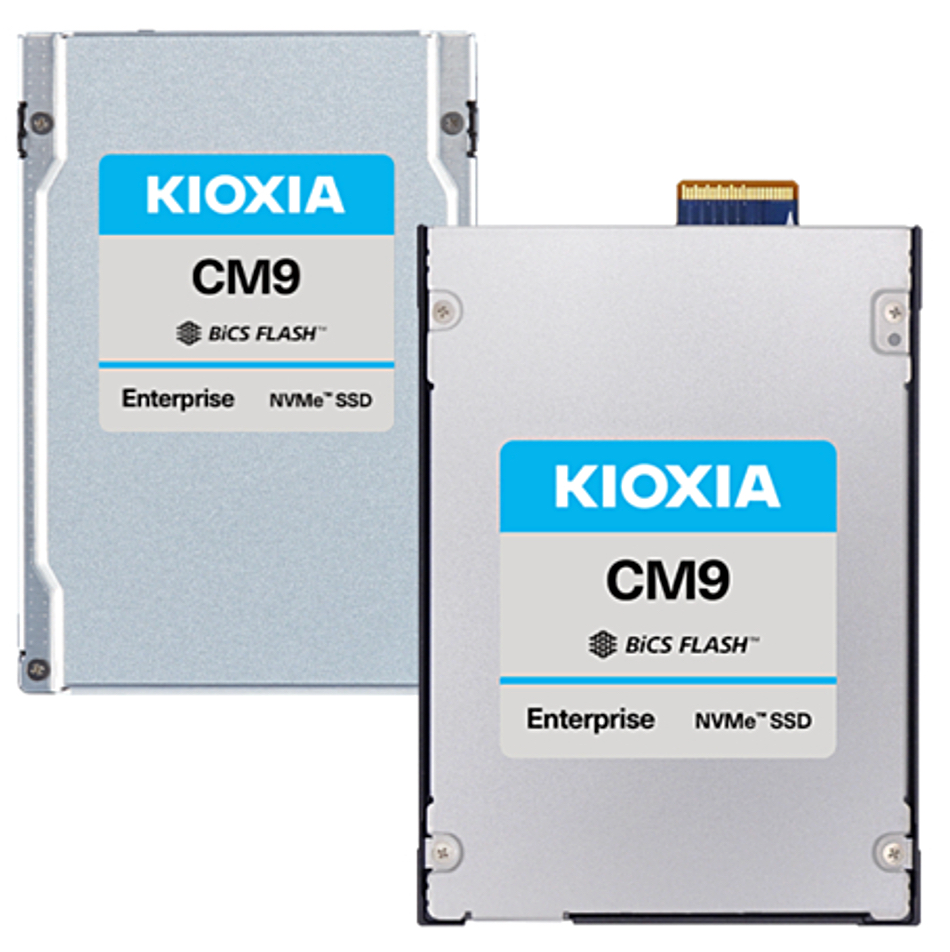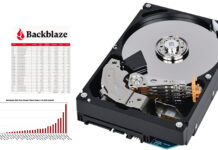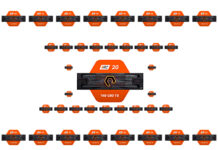Kioxia has announced a prototype CM9 SSD using its latest 3D NAND with 3.4 million random read IOPS through its PCIe Gen 5 interface, faster than equivalent drives from competitors.
The CM9 is a dual-port drive that will come in 1 drive write per day (DWPD) read-intensive and 3 DWPD mixed-use variants in U.2 (2.5-inch) and E3.S formats. The capacities will be up to 30.72 TB in the E3.S case and 61.44 TB in the U.2 format with Kioxia using its BiCS8 218-layer NAND in TLC (3 bits/cell) form. It should deliver 3.4 million/800,000 random read/write IOPS with sequential read and write bandwidths of 14.8 GBps and 11 GBps respectively.

Kioxia America SSD business unit VP and GM Neville Ichhaporia stated: “As AI models grow in complexity and scale, the need for storage solutions that can sustain high throughput and low latency, and allow for better thermal efficiency, becomes critical. With the addition of the CM9 Series, KIOXIA is enabling more efficient scaling of AI operations while helping to reduce power consumption and total cost of ownership across data center environments.”
The drive is built with CBA (CMOS directly Bonded to Array) technology, where CMOS refers to the chip’s logic layer. The CMOS and NAND array wafer components are fabbed separately and subsequently bonded together using copper pads. Kioxia says this technology can reduce chip area and improve performance.
Kioxia says the CM9 will provide performance improvements of up to approximately 65 percent in random write, 55 percent in random read, and 95 percent in sequential write compared to the previous generation. We understand this means the CM7 products as there is no CM8 in the lineup; we’ve asked Kioxia to confirm and the company said: “There was a CM8 Series planned a long time ago, and the SSD model nomenclature is tied to a specific generation of BiCS FLASH 3D memory, which we skipped intentionally, resulting with the CM8 Series SSD getting skipped. We skipped a flash generation to catapult directly to a far superior BiCS FLASH generation 8 technology utilizing CBA architecture (CMOS directly Bonded to Array – enabling for better power, performance, cost, etc.), which is used in the CM9 Series.”

The company says the CM9 also has performance-per-watt gains of 55 percent better sequential read and 75 percent better sequential write efficiency than the CM7.
The dual-port CM7 used BiCS5 generation 112-layer NAND and a PCIe Gen 5 interface. It provided 2,700,000/310,000 random read/write IOPS with up to 14 GBps sequential read and 6.75 GBps sequential write bandwidth
Kioxia also has slower CD8 and CD8P single-port datacenter drives built with BiCS5 generation 112-layer flash.
Competing drives in the same U.2/E3.S format segment don’t match the CM9’s 3.4 million random read IOPS number. Micron’s 9550 Pro reaches 3.3 million. The FADU Echo achieves 3.2 million. The PS1010 from SK hynix has a 3.1 million number as does Solidigm’s D7-PS1010 and PS1030. Phison’s Pascari is rated at 3 million.
It’s possible that Kioxia could build a U.2 format SSD using a QLC (4 bits/cell) version of its BiCs8 NAND, and achieve a 124 TB capacity level. It’s built 2 Tbit chips this way and is shipping them to Pure Storage for use in its DirectFlash Modules.
Kioxia’s NAND fab joint venture partner Sandisk just announced its WD_BLACK SN8100 drive built with the same BiCS8 flash and also using the PCIe Gen 5 interface. It’s a slower drive, outputting 2.3 million random read IOPS, with much lower capacities of 2, 4, and 8 TB. The partners are aiming at different markets.
The CM9 Series SSDs are sampling to select customers and will be showcased at Dell Technologies World, May 19-22, in Las Vegas.








